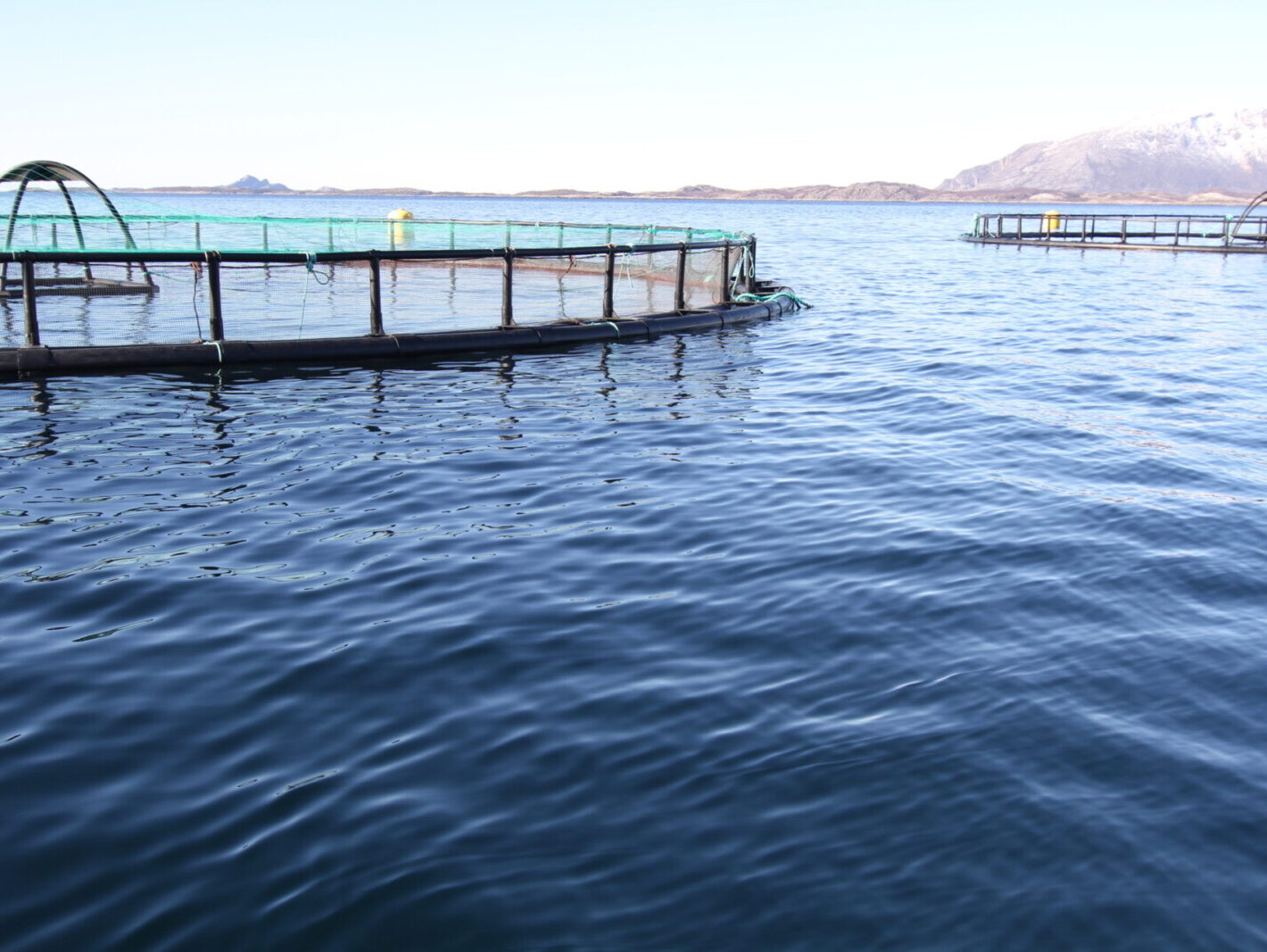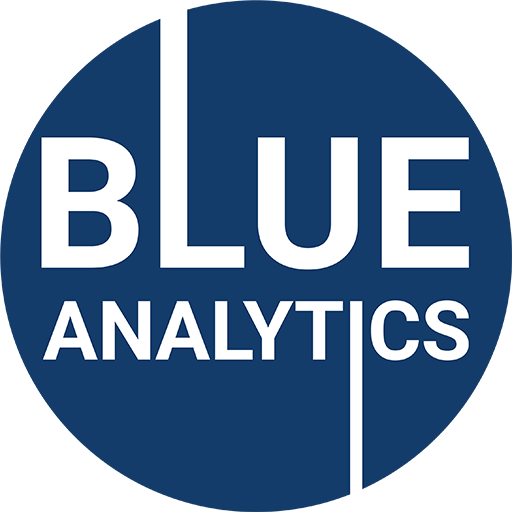Escaped fish and species identification

Fish that have ended up outside the fish farm are an unwanted incident for the owner of the fish and might be a potential danger to wild fish in nature.
Tracking through DNA
Tracking of possible escaped fish is applicable using the individual genetic fingerprints of the fish. By matching the parents’ genetic fingerprints and tracking the fish throughout the value chain from hatchery to cage it is likely to identify the location from which it escaped.
If the parents’ genetic profile is not available, tracking can be done by comparing genetic patterns of the suspected escaped fish with farmed fish in cages in the area of the escape.
Blue Analytics performs genotyping on behalf of Sporbarhet AS, which operates a system for DNA tracking of escaped farmed salmon.
Verifying origin and preventing fraud
Traceable seafood gives consumers knowledge about the origin of the product they are buying but may also detect and prevent food fraud. Traceability throughout the value chain can provide a farm-to-fork certification with a combination of data collection and DNA testing at specific stages. Thus, both the wholesaler and the consumer are confident in the value of the purchase.
Food fraud can be revealed through a DNA test of the product and subsequent species identification based on the DNA sequence.
Get in touch if you would like Blue Analytics to develop and run a farm-to-fork traceability system with you.

